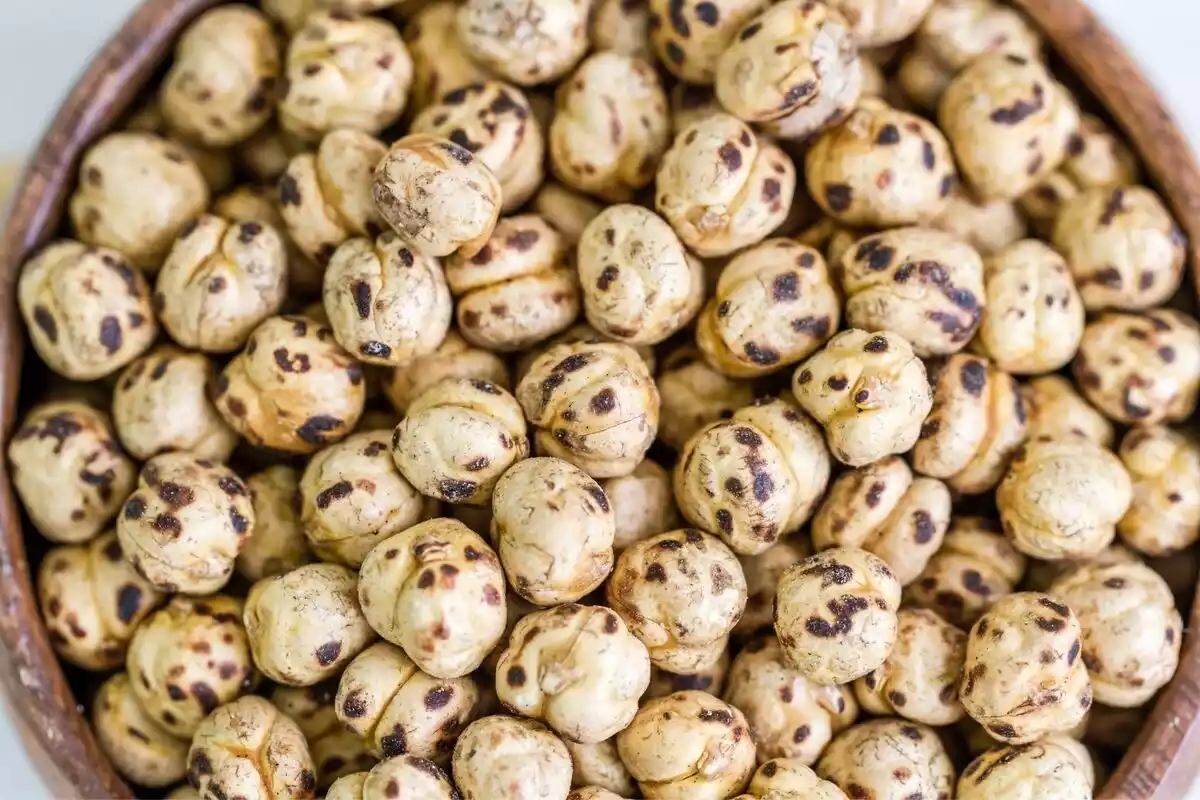Legumes are very healthy and nutritious. Its consumption is widespread nowadays and they are crucial for those who do not eat meat and other animal products because of their high content of protein and other essential nutrients.
Among the most popular types are beans, chickpeas or lentils. Some others, like soy —an Asian vegetable— are not typical of the traditional Western diet but have become popular worldwide in recent years.
What Are Legumes?
These foods are a family of plants from tropical forests located in Africa and America. Humankind has used them as food since ancient times.
Nowadays legumes are grown on a massive scale worldwide. They are one of the most nutritious foods. Also, scientific studies have discovered the benefits of pulses for hypercholesterolemia and other health problems.
The term legume is used to refer both to the plants of the fabaceae family and to the fruits or seeds obtained from them, which are the edible part of these plants.
Pulses are very rich in nutrients, especially protein, dietary fiber, carbohydrates, mineral salts, different types of vitamins and healthy fats.
In particular, their high protein content —between 20% and 40% of their total weight— makes legumes excellent food to replace animal products in vegan and vegetarian diets.
Most Common Types of Pulses
Below you will find a list of the most consumed pulses worldwide. These foods can be prepared in many different ways, as there are a great number of legumes recipes.
1. White beans
White beans are very high in protein, dietary fiber, minerals, and many types of B vitamins.
It is probably the most widely consumed type of legume in the Americas, especially in the central and southern regions, where it is cooked in a variety of ways —which depends largely on the culinary traditions of the area.
2. Green beans
Green beans are obtained when the plant has not yet fully matured. In contrast to other legumes, green beans are cooked with the protective pods in which the fruits grow.
3. Chickpeas
Chickpeas are very rich in protein, fiber, vitamin B9, and minerals. Their protein content is particularly remarkable even in comparison with other ones (El-Adawy, 2002).
Among the best-known dishes with chickpeas, we can highlight hummus and falafel —popular in the Middle East. It is also very common to use chickpeas to cook salads and soups.

4. Lentils
Lentils are very popular around the world —from Europe to North America or the region around India, where they are one of the key ingredients in most people's diets. They are usually eaten boiled but can also be fried or baked, depending on the recipe.
5. Soy
Soy originated in Southeast Asia. Although soy consume is popular around the world, Asia is the continent where they consume it the most. However, the largest producers are the United States, Argentina, and Brazil.
We can obtain many foods from lentils. Some of the best known are tofu (widely used as a substitute for meat by vegetarians and vegans), edamame or tempeh. Milk and soy sauce are also very popular derivates.
References
Burnham, C. R. & Johnson, K. R. (2004). South American palaeobotany and the origins of neotropical rain forests. Philosophical Transactions of the Royal Society of London B, 359 1595-1610.
El-Adawy, T.A. (2002). Nutritional composition and antinutritional factors of chickpeas (Cicerarietinum L.) undergoing different cooking methods and germination. Plant Foods for Human Nutrition, 57(1): 83–97.
Jayalath, V. H.; De Souza, R. J.; Sievenpiper, J. L. et al. (January 2014). Effect of dietary pulses on blood pressure: a systematic review and meta-analysis of controlled feeding trials. American Journal of Hypertension, 27(1): 56–64.
